Most carmakers now agree with Waymo that piloting driverless cars is best left to the machine — with no meddling from the human.
In Waymo's case, this assumption dates back years ago. More recently in 2014, Google's driverless arm (before it became Waymo) shocked Detroit when it debuted a car prototype without a steering wheel and gas and brake pedals. Not only were human drivers not required to operate the vehicle, but human intervention posed a safety threat, Google said.
The then-Google prototype car followed an experiment by Google in 2012 when the search engine giant allowed a group of employees to borrow self-driving Lexuses the company had designed. The employees were warned that at all times they had to be ready to take back control of the car when prompted, especially in the event of an emergency. Instead, they often climbed in the backseat, watched videos, or otherwise didn't pay attention. Google determined that humans simply couldn't be trusted to monitor the car's controls once driverless control was switched on. In a report, Google described this as "automation bias."
We saw human nature at work: people trust technology very quickly once they see it works. As a result, it's difficult for them to dip in and out of the task of driving when they are encouraged to switch off and relax.
Skipping Level 3
Given the nascent stage of driverless cars, it is impossible to quantify the exact percentage of Level 3 cars that will be rolled out ahead of Level 4 models. This uncertainty is compounded by how Level 3 cars, which require input from the driver when prompted to take control of the vehicle, as well as Level 4 models, which auto-pilot the vehicle from point A to B without human intervention, have yet to become legal to commercially sell and operate. But according to suppliers, industry analysts, and OEM executives speaking on background whom Driverless has interviewed, most carmakers are following Waymo's lead by skipping Level 3 altogether.
"We have spoken with the majority of carmakers and we can confirm that the majority of carmakers or skipping level III," Louay Eldada, CEO and founder of Quanergy, told Driverless. "Not all OEMs are skipping Level III, but the majority of them are."
The main issue with Level 3 is that is that an emergency situations, humans just cannot be trusted to take over, Egil Juliussen, an analyst for IHS Automotive, told Driverless.
The fundamental problem with level III is that you can be told minutes before that the driver must take over, and that because of the nature of humans to trust technology, they may not properly heed warnings. This is especially true in case of an emergency situation when the driver would not have time to take over. There have been lots of tests that show the average wake-up time is anywhere from a couple of seconds to 10 seconds or longer. But the time to react in an emergency situation is typically less than a second. So OEMs are saying we are not going to go there.
A case in point is how Level 2 capabilities, already available in Tesla Model S and X and Mercedes-Benz's updated S-Class models, are too easy to misuse.
While some observers may look at the Tesla crash in Florida as an example of a driver's over-reliance on the driverless capabilities of the Tesla Model S, that conclusion would be unfair to make since the exact cause of the crash is still under investigation. However, the case remains that many drivers are almost invariably using Teslas like they are a Level 3 car, Guillaume Devauchelle, the vice president of innovation and scientific development for leading tier-one supplier Valeo, told Driverless.
There is nothing to permit someone from driving a Porsche at speeds of 200 mph even though the speed limit is 65 mph. It is almost impossible to stop the misuse or abuse of Level 2 or even Level 3 cars if people want to.
All Too Human
Some OEMs want to offer driverless features before legislation allows for the sale of Level 4 as well as for Level 3 vehicles because that is what customers want. The underlying consensus is that machine-piloted cars have innate driving abilities that are far superior compared to our abilities as humans to drive vehicles, but Level 2 and Level 3 vehicle can also be safer than cars without driverless features.
The main challenge is making sure that humans have enough time to resume control of the vehicle when prompted to do so. To that end, driverless features are thus becoming available in situations in which human reactivity is not an issue, a spokesman from Audi, which is launching an A8 in July with Level 3 capabilities that will remain inactivated pending legislation, told Driverless.
"First of all, the driver does not really care that much whether they are in a Level 3 or Level 4 car," the Audi spokesman said. "For example, when you are stuck in traffic and want your car to drive itself so you can read or work, the vehicle will be designed so that you will never be required to immediately take back the wheel, so it does not matter much whether it is a Level 3 or Level 4 model in that case."
The Big Split
Carmakers are just beginning to publicly announce whether they will launch Level 3 or Level 4 vehicles. France's Groupe PSA (formerly known as PSA Peugeot Citroën) — one of the world's top-10 carmakers — became the first mainstream carmaker to announce it will launch a Level 3 self-drive vehicle launch by 2020.
In the premium space, Audi is rolling out the A8 equipped with sensors, a mapping system, and an onboard machine-taught computer for Level 3 driving in July, but the model will require a software update to activate it. BMW plans to offer Level 3 capabilities when it introduces the iNext, but it is not slated for launch until 2021.
Meanwhile, Volvo, which it says plans to offer cars in the near future that will never be the cause of a fatal accident, says it will begin selling Level 4 cars by 2021.
But regardless of whether carmakers will offer Level 3 or Level 4 features in their cars first, it is certainly agreed upon that it is inherently dangerous to rely on humans to pilot the car in emergency situations. So far, Ford, GM, Toyota, and other major carmakers have yet to publicly place their stake in the ground. It could be that they are planning on offering driverless models for fleet services only.
Level 4 will obviously be required, for example, for passengers who rely on a vehicle from a ride-share service to take them from point A to point B. In the meantime, Level 3 cars will likely emerge as they become legal to own and sell, but given the inherent risk of human intervention in self-drive cars, the availability of Level 3 could be short-lived.
Just updated your iPhone? You'll find new emoji, enhanced security, podcast transcripts, Apple Cash virtual numbers, and other useful features. There are even new additions hidden within Safari. Find out what's new and changed on your iPhone with the iOS 17.4 update.
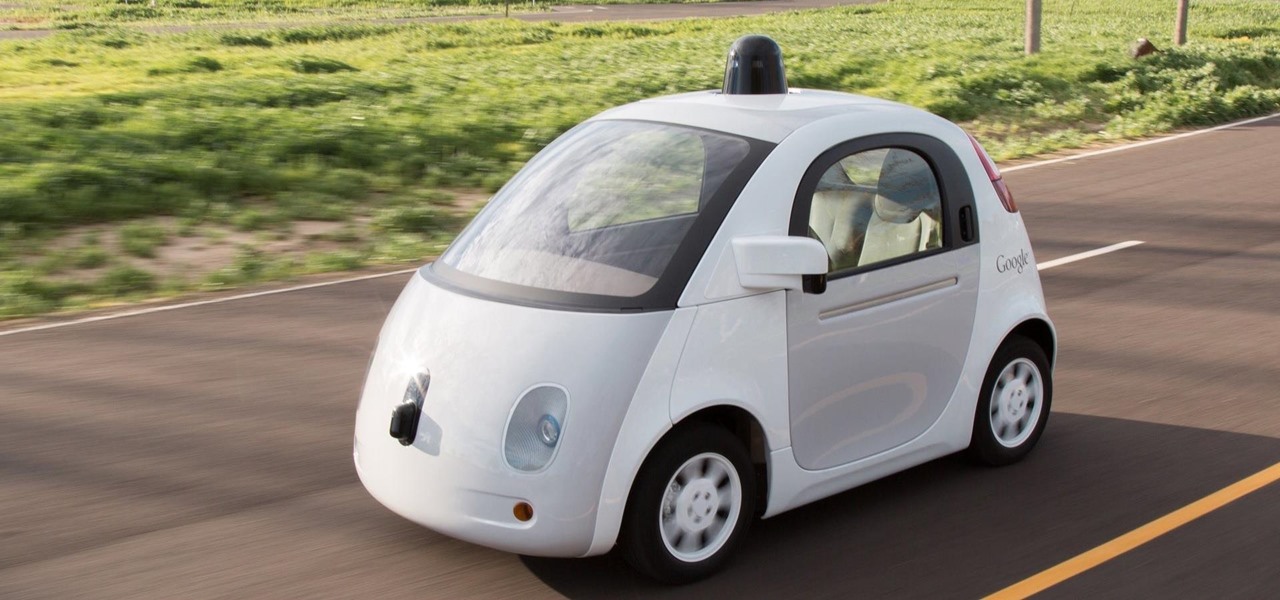



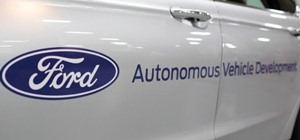
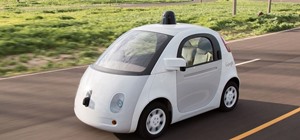



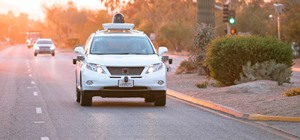
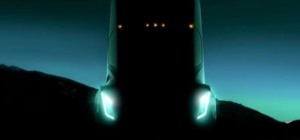
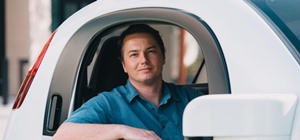
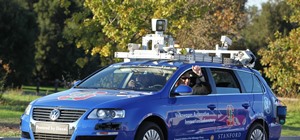


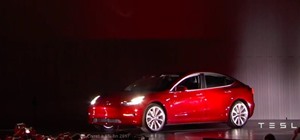




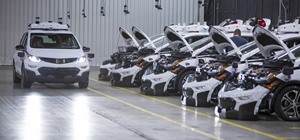
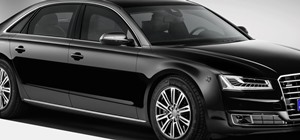
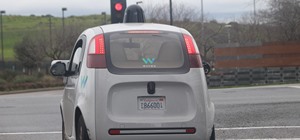

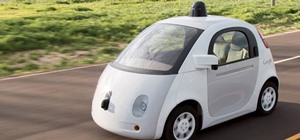
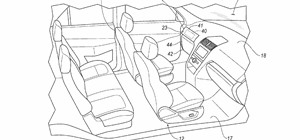



Be the First to Comment
Share Your Thoughts